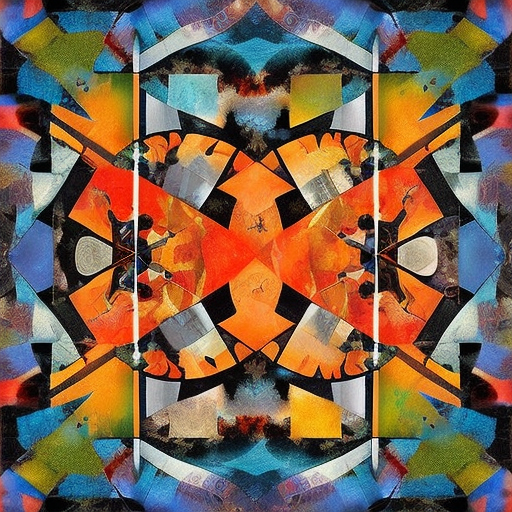Summary: Collage is a versatile art form that involves combining different materials and elements to create a new whole. It can be created using various techniques and mediums, including paper, photographs, fabric, and found objects. Collage allows artists to explore themes of juxtaposition, fragmentation, and storytelling, resulting in visually captivating and thought-provoking artworks.
Introduction to Collage
Collage is an art technique that involves assembling different materials and elements to create a new composition. It originated in the early 20th century as a way to break away from traditional artistic practices and explore new forms of expression. Collage artists often use materials such as paper, photographs, fabric, magazine cutouts, and found objects to create their artworks.
Techniques and Mediums
Collage can be created using various techniques and mediums, allowing artists to experiment and push the boundaries of their creativity. Some common techniques include cutting and pasting, tearing, layering, and overlapping. Artists can work with traditional materials like paper and photographs, or they can incorporate unconventional elements such as fabric, feathers, or even three-dimensional objects.
Themes and Concepts
Collage offers artists a wide range of possibilities for exploring different themes and concepts. One common theme is juxtaposition, where contrasting elements are combined to create visual tension and interest. This can include combining images from different time periods, cultures, or contexts to create unexpected connections. Another theme is fragmentation, where images or objects are broken apart and reassembled to create a sense of dislocation or disruption.
Collage also allows artists to tell stories or convey narratives through visual means. By combining different images and elements, artists can create a narrative structure that invites viewers to interpret and engage with the artwork. This storytelling aspect of collage can be particularly powerful when used to address social or political issues, as it allows artists to layer different perspectives and challenge dominant narratives.
Famous Collage Artists
Throughout history, many artists have embraced collage as a means of artistic expression. One of the pioneers of collage was Pablo Picasso, who incorporated newspaper clippings and other materials into his Cubist paintings. Another influential artist is Hannah Höch, a key figure in the Dada movement, who used collage to challenge gender roles and societal norms.
In the 20th century, collage became a popular technique among Surrealist artists, including Max Ernst, who created dreamlike and fantastical compositions by combining disparate elements. Pop artists like Richard Hamilton and Robert Rauschenberg also incorporated collage into their works, often using images from popular culture to comment on consumerism and mass media.
Contemporary Collage
Collage continues to be a vibrant and relevant art form in contemporary art. Many artists today are pushing the boundaries of traditional collage techniques by incorporating digital elements or experimenting with three-dimensional forms. Some contemporary collage artists include Wangechi Mutu, who combines images from fashion magazines and African art to explore themes of identity and femininity, and John Stezaker, who creates surreal and uncanny compositions by manipulating found photographs.
Conclusion
Collage is a versatile and dynamic art form that allows artists to explore a wide range of themes and concepts. By combining different materials and elements, collage artists create visually captivating and thought-provoking artworks that challenge traditional notions of representation and storytelling. Whether using traditional or unconventional materials, collage continues to evolve and inspire artists to push the boundaries of their creativity.












